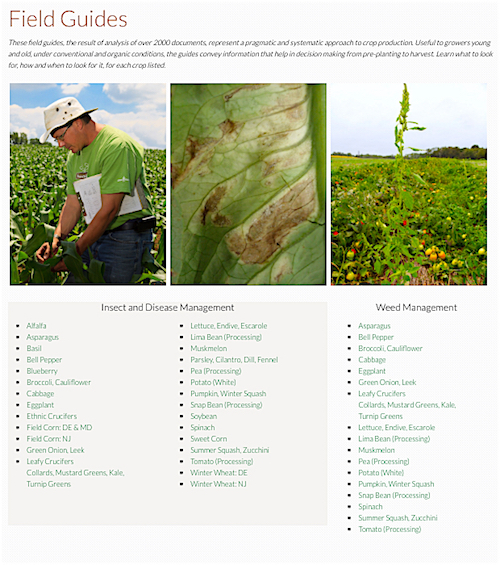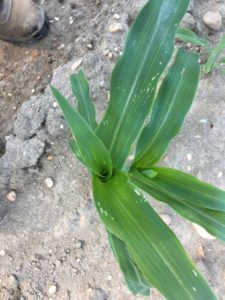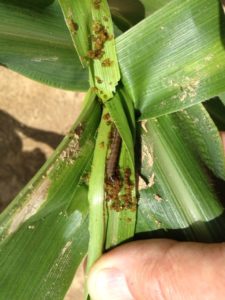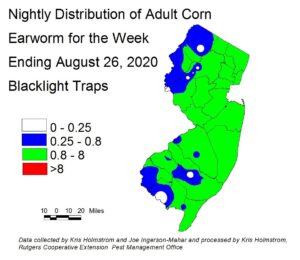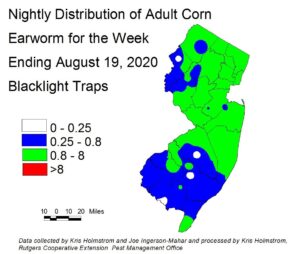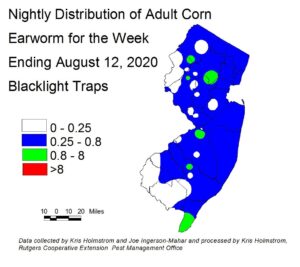Please join us for the 2nd webinar to discuss our resource, “Considerations for Agritourism Operations During the COVID-19 Pandemic”
Time: Sep 1, 2020 07:00 PM Eastern Time (US and Canada)
To Join on Zoom:
https://go.rutgers.edu/sfk96jlp
Meeting ID: 912 2343 8378
Password: 636141
Join By Phone
+1-646-558-8656
Meeting ID: 912 2343 8378
If you have any questions, please email the host group:
Michelle Infante-Casella’s email: minfante@njaes.rutgers.edu
Bill Bamka’s email: bamka@njaes.rutgers.edu
Steve Komar’s email: komar@njaes.rutgers.edu
Meredith Melendez’s email: melendez@njaes.rutgers.edu
Rick VanVranken’s email: vanvranken@njaes.rutgers.edu
 Articles in this section contain information helpful to the NJ commercial organic grower.
Articles in this section contain information helpful to the NJ commercial organic grower.